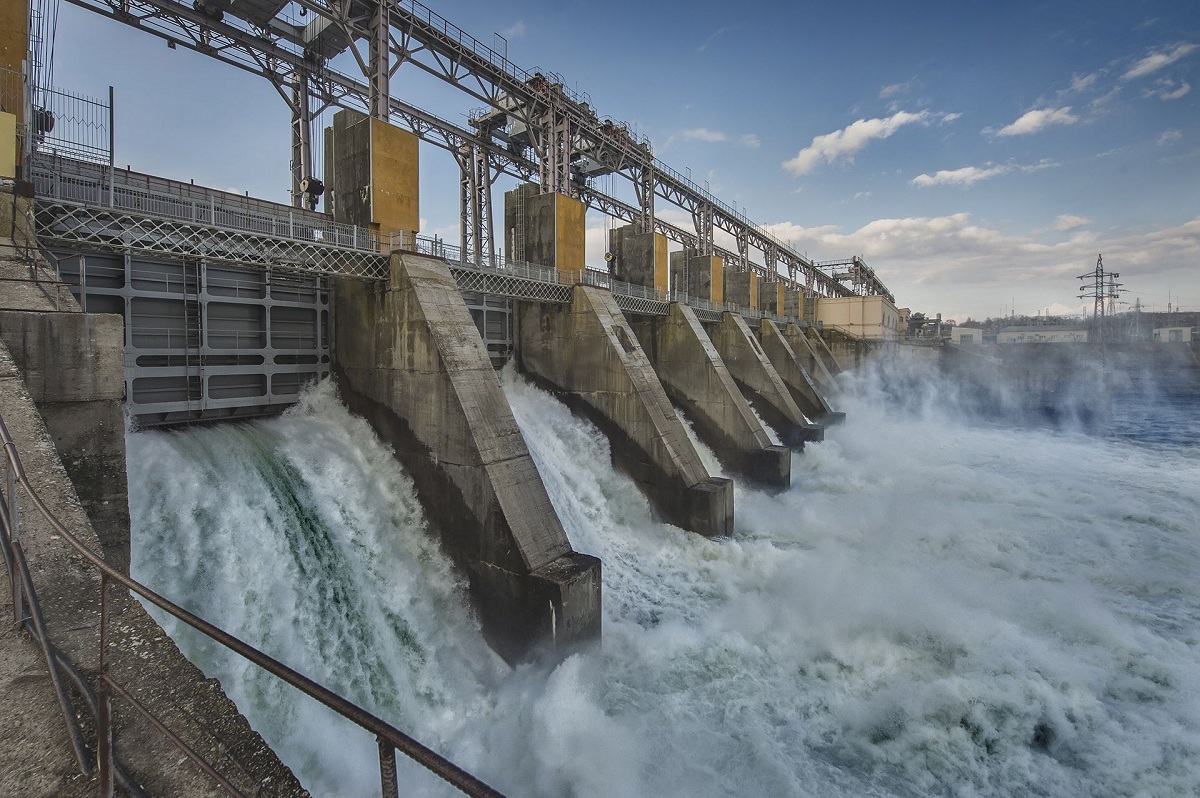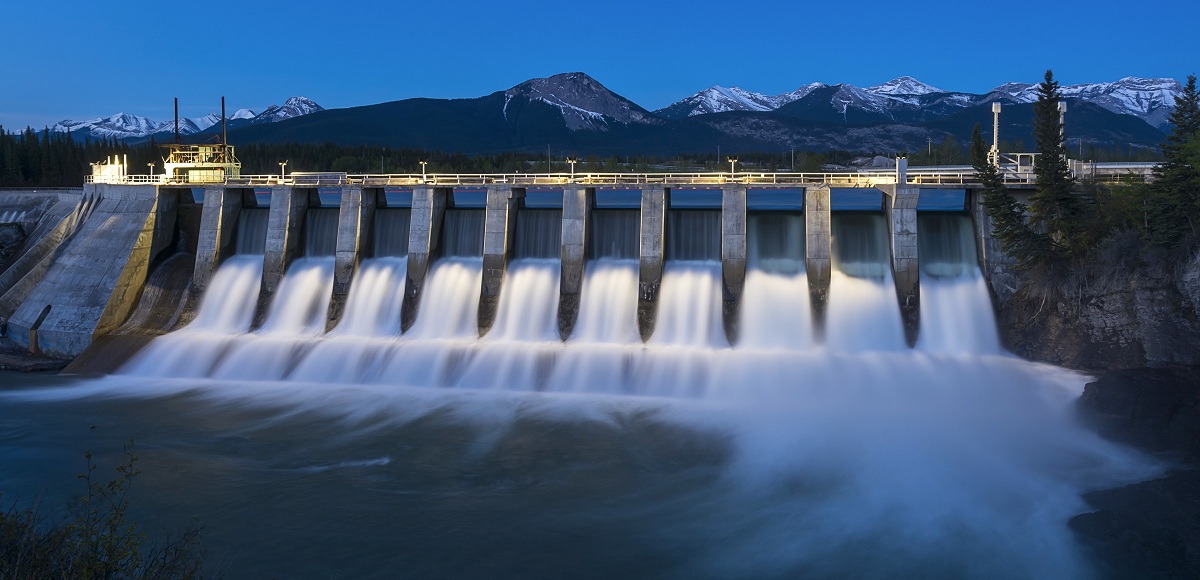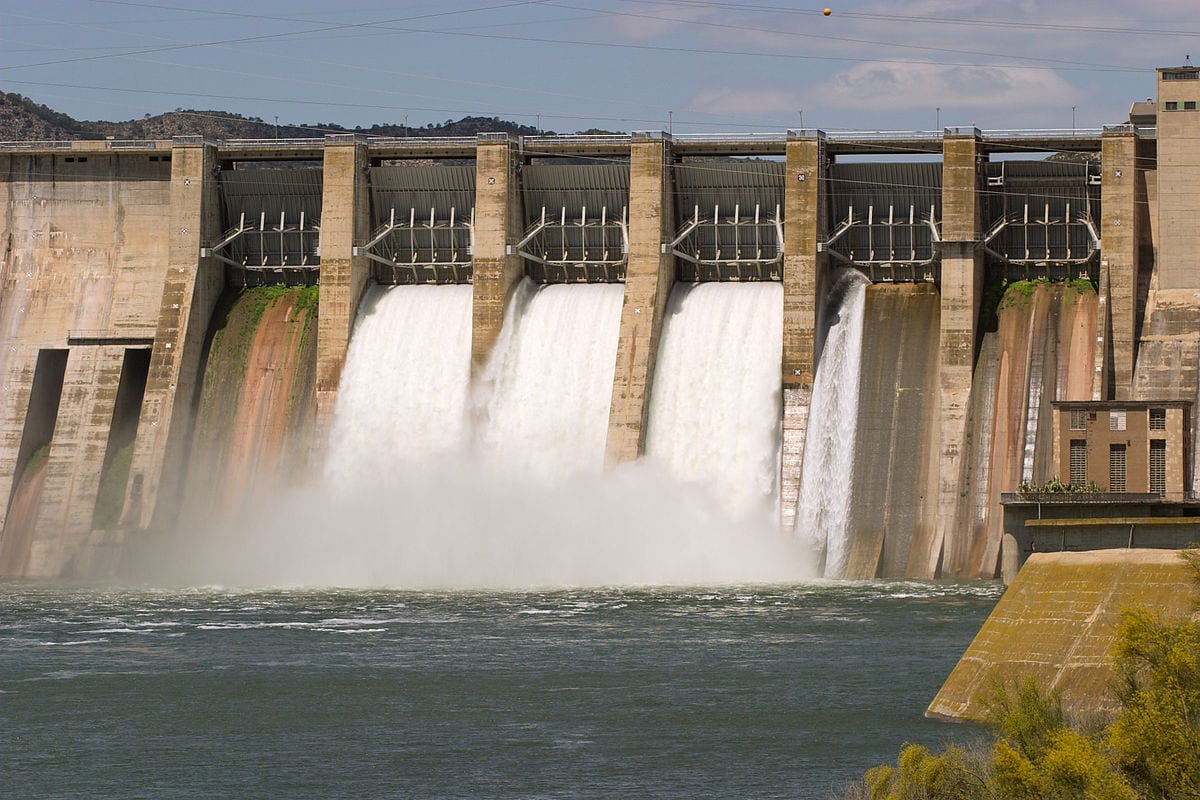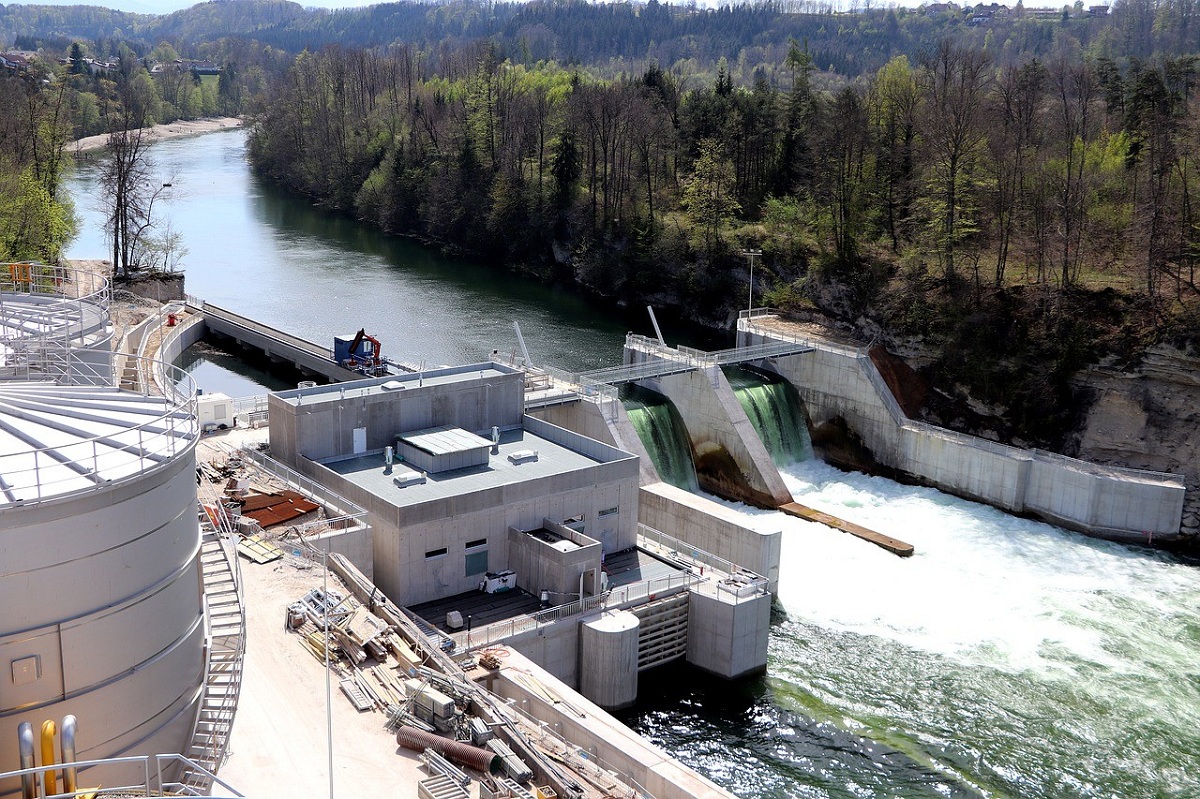
There are many types of renewable energy in the world and each one has a different operation. The goal is the same: to produce clean energy with zero greenhouse gas emissions using some unlimited land resources. In this case, we are going to talk about what is hydroelectric power.
In this article we are going to tell you what hydroelectric energy is, what are its characteristics, how it is produced and what are its advantages and disadvantages.
What is hydroelectric energy

Hydroelectric energy uses the potential energy of water at a certain height of the river bed to convert it into mechanical energy at the lowest point of the river bed and finally into electrical energy. Converts the power of water into electricity. To use this energy, a large-scale water conservation infrastructure is built to maximize the potential of this local, renewable and emission-free resource.
A hydroelectric plant is a set of electromechanical facilities and equipment that is necessary to convert potential hydroelectric energy into electrical energy and can operate 24 hours a day. The electrical energy available is proportional to the height of the water flow and the waterfall.
The most common hydroelectric power station in the world is the so-called «central reservoir». In these types of plants, the water accumulates in the dam and then falls from a height above the turbine, which causes the turbine to rotate and generate electricity through a generator located in the nacelle. Then its voltage is raised to transfer energy without great losses and then added to the grid. On the other hand, the used water returns to its natural process.
Another way is "passing exchanges." These types of plants take advantage of the natural slope of the river, and then transfer the water through channels to the plant, where the turbines can move vertically (if the river has a steep slope) or horizontally (if the slope is low) to resemble those of a reservoir plant in the way of generating electricity. These types of factories operate continuously because they have no water storage capacity.
Parts of a hydroelectric power station

The hydroelectric plant consists of the following parts:
- Jack: It is responsible for intercepting rivers and holding bodies of water (for example, reservoirs) before containment, creating a difference in the water used for energy production. Dams can be made of mud or concrete (the most used).
- Spillways: They are responsible for releasing partially stopped water bypassing the engine room and can be used for irrigation needs. They are located on the main wall of the dam and can be the bottom or the surface. Most of the water is lost in the basin at the foot of the dam to avoid damage when the water falls.
- Water intake: They are responsible for collecting the intercepted water and transporting it to the machine through channels or forced pipes. The water inlet has a door to regulate the amount of water that reaches the turbine and a filter to prevent the passage of foreign objects (logs, branches, etc.).
- Electric power plant: The machines (generator turbines, hydraulic turbines, shafts and generators) and the control and regulation elements are located here. It has entrance and exit doors to leave the area of the machine without water during maintenance or disassembly.
- Hydraulic turbines: They are responsible for using the energy of the water that passes through it to generate a rotational movement through its own axis. There are three main types: Pelton wheels, Francis turbines, and Kaplan (or propeller) turbines.
- Transformer- An electrical device used to increase or decrease the voltage of an alternating current circuit while maintaining power.
- Power transmission line: a cable that transmits the generated energy.
Types of hydroelectric power plants

Depending on the type of development, hydroelectric plants can be divided into three types:
- Runoff hydroelectric plants: these hydroelectric plants collect water from rivers depending on the environmental conditions and the available flow of the turbines. The unevenness between the water areas is small, and they are the centers that require a constant flow.
- Hydroelectric plants with backup reservoirs: These hydroelectric plants use a certain volume of reservoir "upstream" through the dam. Regardless of the river flow, the reservoir separates the amount of water from the turbines that produces electricity throughout the year. This type of factory can use the most energy and kWh is usually cheaper.
- Hydroelectric pumping stations: These hydroelectric plants have two reservoirs with different levels of water, which are used when additional energy is needed. The water from the upper reservoir passes through the turbine to reach the lower reservoir and then returns to the upper reservoir pumping water during the day when energy demand is low.
Hydropower in Spain
Technological advances have resulted in microhydraulic energy sources having quite competitive costs in the electricity market, although these costs vary according to the type of plant and the actions to be carried out. If the installed power of a power plant is less than 10 MW and it can be standing water or runoff, the power plant is considered to be a small hydroelectric plant.
Today, the development of the Spanish hydroelectric sector aims to increase efficiency in order to improve the performance of existing facilities. These recommendations are intended to repair, modernize, improve or expand an installed factory. Hydraulic microturbines are being developed with powers lower than 10 kW, these are very useful to take advantage of the kinetic force of rivers and generate electricity in isolated areas. The turbine produces electricity directly in alternating current and does not require falling water, additional infrastructures or high maintenance costs.
Spain currently has around 800 hydroelectric plants of different sizes. There are 20 power plants with more than 200 megawatts, which together represent 50% of the total hydroelectric power generation. At the other end, Spain has dozens of small dams with a power of less than 20 megawatts.
I hope that with this information you can learn more about what hydroelectric energy is and how it works.